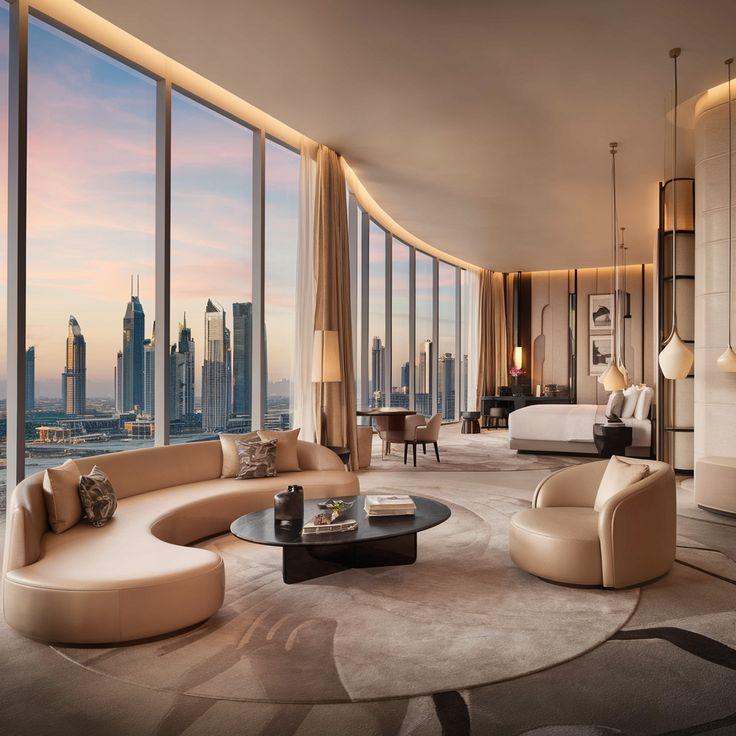Notifications

8 minutes, 5 seconds
-19 Views 0 Comments 0 Likes 0 Reviews

Creating an inviting and functional retail space goes far beyond stocking shelves. The right interior furniture plays a crucial role in shaping customer experiences, boosting brand identity, and encouraging purchases. Whether you're opening a new store or renovating an existing one, choosing the perfect furniture for your retail shop fitout can be the difference between a thriving business and a forgettable space.
In this guide, we’ll explore how to select the ideal interior furniture that complements your retail goals and enhances your shop’s overall aesthetic.
Before selecting any piece of furniture, you need to clearly understand your brand identity and the audience you're trying to attract. Every design element in your retail shop should reflect your brand personality. For example, a luxury boutique might opt for elegant, high-end furniture with plush seating and polished finishes, while a streetwear store may prefer industrial-style shelving and minimalist display units.
Understanding your audience's preferences will also guide your choices. Ask yourself: Are your customers seeking comfort, exclusivity, or practicality? This insight will shape not just your furniture selection, but also its placement and usage.
Aesthetic appeal is important, but so is the functionality of your interior furniture. It should enhance the shopping experience, not hinder it. Think about the customer journey from entry to checkout. Does the furniture facilitate smooth navigation? Are there clear sightlines to key products and displays?
Keep these functional tips in mind:
Use furniture that complements the store layout and allows free movement.
Choose modular and multi-functional pieces to adapt to changing inventory.
Avoid clutter by selecting sleek, space-saving designs for smaller shops.
Retail environments are high-traffic areas. Furniture should be made of durable materials that can withstand constant use without compromising on aesthetics. Opt for finishes that resist wear and tear, especially for surfaces that customers frequently touch.
Popular materials include:
Solid wood for timeless elegance and strength.
Metal and glass for a modern, minimalist look.
Upholstered pieces with stain-resistant fabrics for added comfort and longevity.
High-quality interior furniture not only looks good but also requires less maintenance, making it a long-term investment for your business.
One of the primary functions of retail shop fitouts is to showcase your products effectively. The furniture you choose should support and elevate your merchandise. Think display tables, shelving units, racks, and cabinets that are both stylish and practical.
Key points to consider:
Adjustable shelving offers flexibility for different product sizes.
Glass display cases create a sense of luxury and offer security.
Tiered displays help highlight featured or seasonal items.
Your furniture should direct customers’ attention to your products without overwhelming them with visual noise.
Consistency is key to building a recognizable retail brand. Every piece of interior furniture should align with your store’s theme, color palette, and style. Mismatched pieces can make your store appear disorganized or unprofessional.
If you're working with a specific theme—be it rustic, industrial, modern, or vintage—ensure that all furniture adheres to that concept. Even small details like handles, legs, and finishes can significantly impact your brand's overall aesthetic.
In today’s digital age, many retailers are incorporating technology into their shopping environments. This could mean having furniture that accommodates touchscreens, charging stations, or point-of-sale systems.
Consider:
Checkout counters with integrated cable management.
Interactive kiosks built into sleek furniture units.
Furniture that allows for easy installation of lighting or digital signage.
Smart furniture enhances the customer experience and adds a modern edge to your retail shop fitouts.
Working with experienced interior designers or retail fitout specialists can take the guesswork out of furniture selection. These professionals can offer insights on space optimization, design cohesion, and sourcing durable furniture at competitive prices.
Many retail shop fitouts companies in Dubai and other major cities provide end-to-end solutions, including 3D design mockups, custom furniture, and installation. Collaborating with experts ensures your vision comes to life efficiently and within budget.
Retail furniture must not only look good but also be easy to maintain. Choose finishes and materials that can be cleaned regularly without fading or damage. This is especially important in environments like beauty stores or food shops, where hygiene is a top priority.
Practical tips:
Avoid overly intricate designs that trap dust.
Use materials like laminate, metal, or treated wood for easy upkeep.
Ensure upholstered furniture has removable or wipeable covers.
It’s possible to create a stunning retail interior without overspending. Start with essential items that serve multiple functions, and add decorative pieces as your budget allows. Mix high-end statement furniture with more affordable basics for a balanced look.
You can also consider refurbished or repurposed furniture for a sustainable and cost-effective solution. Some suppliers offer stylish rental options for temporary fitouts or pop-up shops.
Once your shop is operational, observe how customers interact with your space. Are there bottlenecks or underutilized areas? Is any furniture obstructing product visibility or movement?
Collect feedback from staff and customers to make necessary adjustments. Flexible furniture layouts and modular setups make it easier to tweak your setup without starting from scratch.
Choosing the right Interior furniture for your retail shop fitout involves a balance of aesthetics, functionality, and brand alignment. When done thoughtfully, it can transform your space into a welcoming, engaging, and memorable shopping environment.
From understanding your target audience to working with fitout professionals, every step contributes to the success of your retail space. Prioritize quality, consistency, and practicality, and your store will not only attract customers but also keep them coming back.

